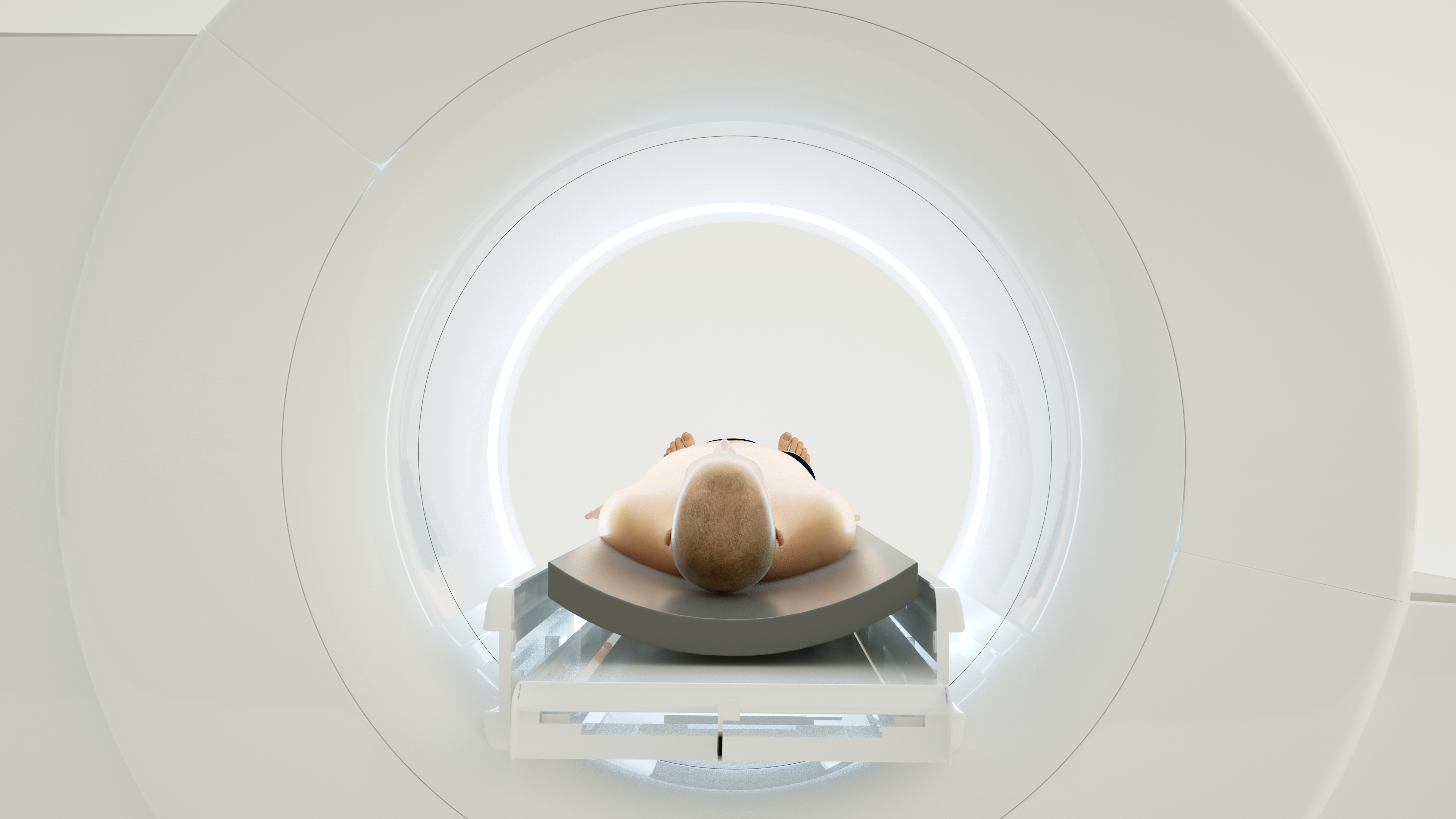
In January 2019, researchers at Copenhagen University Hospital and Imperial College London published new findings confirming that psilocin binding to the 5-HT2A receptor elicits the experience produced from ingesting psilocybin. The unique and important thing about this study is they monitored two physiological aspects of the test subjects while they were under the influence of psilocybin—the levels of psilocin in their blood plasma and the amount of psilocin bound to the 5-HT2A receptors in their brains.
When the data were analyzed, three significant findings emerged:
- The higher the psilocybin dose, the more 5-HT2A receptors were occupied in the brain. Receptor occupancy hit 72% at the highest dose (30 mg).
- The amount of psilocin in the blood plasma and the calculated receptor occupancy in the brain were strongly related. The authors stated they “…conformed to a single-site binding model.”
- The intensity of the subjective effects had strong correlations to receptor occupancy in the brain, levels of psilocin in the blood, and questionnaire scores.
These results showing concurrent blood psilocin levels, psilocin binding in the brain, and subjective effects confirm that stimulation of 5-HT2A receptors in the brain are determinants for the psilocybin psychedelic experience. Before this study was done, scientists assumed that psilocin binding to 5-HT2A caused the psychedelic effects of psilocybin. That assumption was based on what is known about psilocybin metabolism, and the data from receptor binding studies showing the differing affinities of psilocybin and psilocin for 5-HT2A.